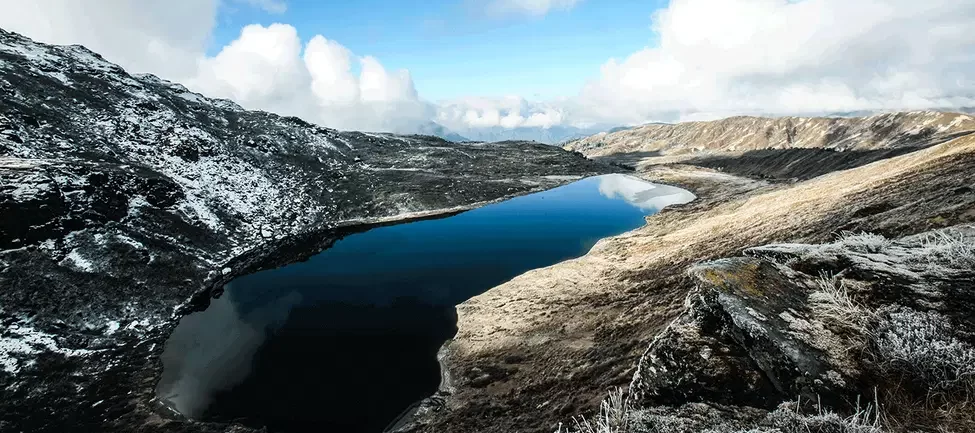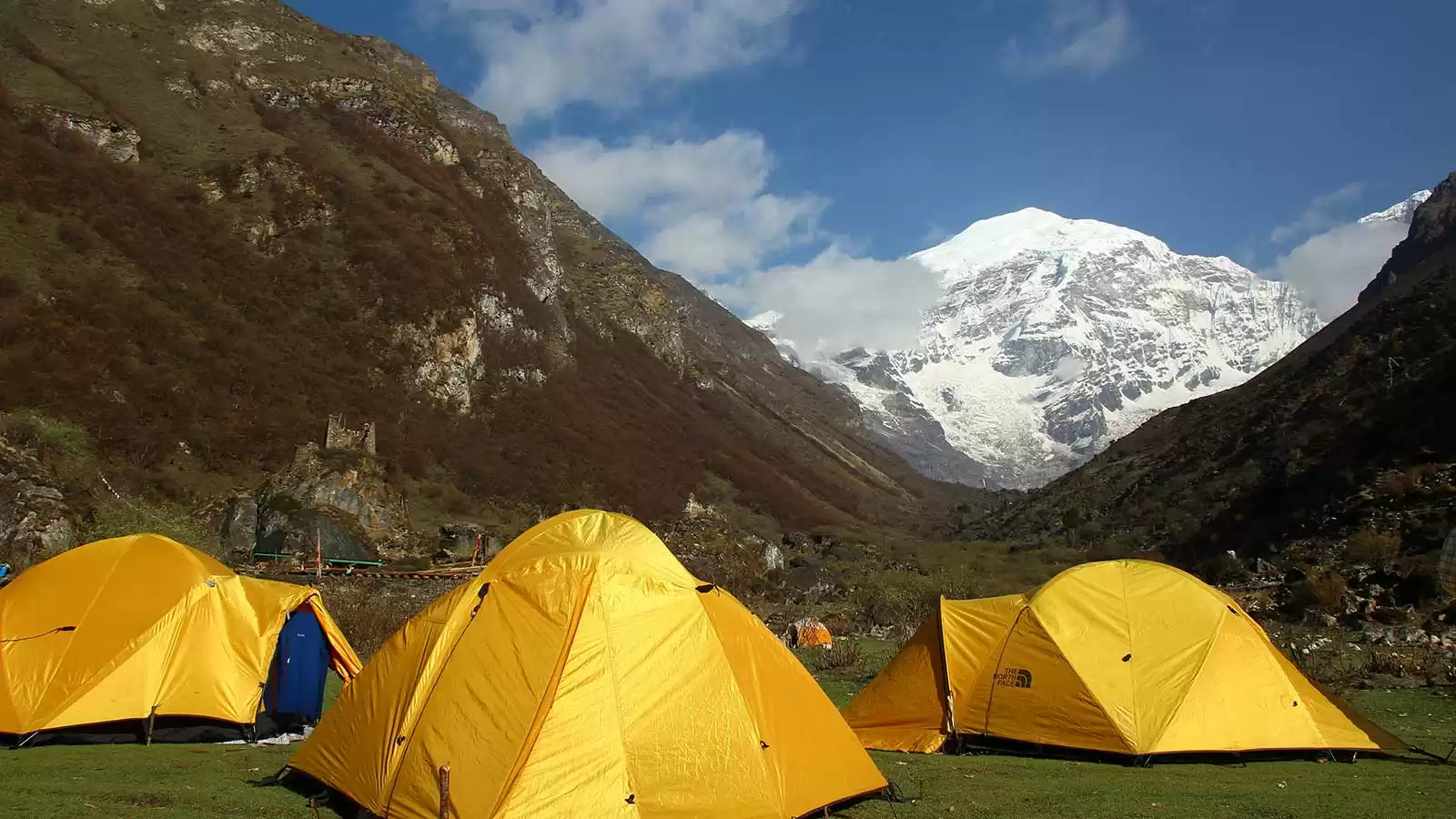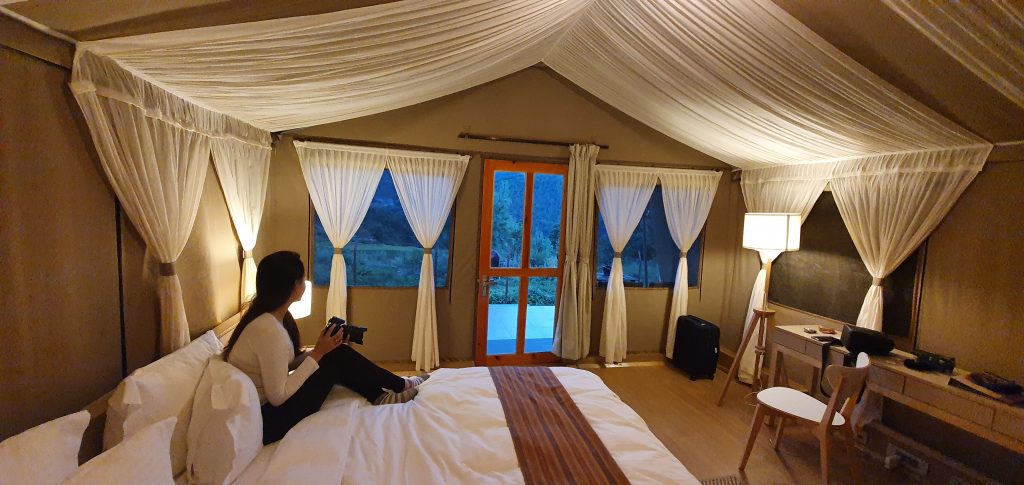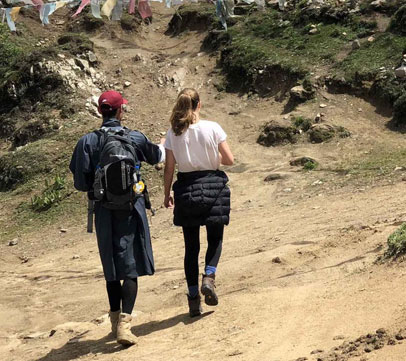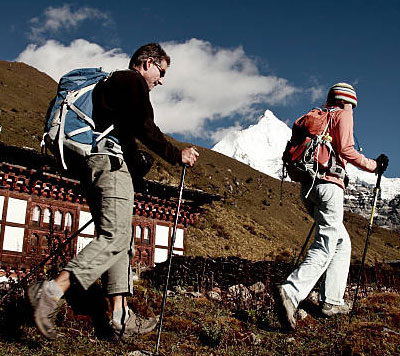Hiking in Bhutan can be a truly remarkable experience, as the country is renowned for its pristine landscapes, rich biodiversity, and majestic mountains. Bhutan is a small landlocked country nestled in the eastern Himalayas, and its commitment to preserving its natural environment has made it an ideal destination for hikers and outdoor enthusiasts. When planning a hiking trip in Bhutan, there are a few key points to consider:
-
Permits and Regulations: Bhutan requires all tourists to obtain a visa in advance, and travel must be arranged through a licensed Bhutanese tour operator. Additionally, there are specific permits required for trekking in certain areas, such as the popular Jomolhari and Snowman treks. Your tour operator will handle these permits on your behalf.
-
Best Time to Hike: The ideal time for hiking in Bhutan is during the spring (March to May) and autumn (September to November) seasons. These periods offer pleasant weather, clear skies, and vibrant flora and fauna. Winter trekking is also possible but requires proper gear and preparation due to colder temperatures and occasional snowfall.
-
Popular Trekking Routes: Bhutan offers a variety of trekking routes, ranging from easy day hikes to challenging multi-day treks. Some popular options include the Druk Path Trek, Tiger’s Nest Trek, Snowman Trek, Jomolhari Trek, and Laya Gasa Trek. Each trek has its own unique features, landscapes, and level of difficulty, so it’s essential to choose one that matches your fitness level and preferences.
-
Hiring a Guide: It is mandatory to hire a licensed Bhutanese guide for all treks in Bhutan. These guides are knowledgeable about the terrain, culture, and local customs, ensuring a safe and enriching experience. They also handle logistics, provide information about the surroundings, and assist with any potential challenges along the way.
-
Physical Fitness and Altitude: Many trekking routes in Bhutan involve significant altitude gain, so it’s crucial to be in good physical condition and acclimatize properly. Gradual ascent, staying hydrated, and listening to your body are important to avoid altitude sickness. It’s advisable to consult with a healthcare professional before embarking on high-altitude treks.
-
Respect for Local Culture and Environment: Bhutan places great importance on environmental conservation and preserving its unique cultural heritage. When hiking in Bhutan, it is essential to respect local customs, follow designated trails, and practice responsible tourism. Avoid littering, refrain from disturbing wildlife, and be mindful of Bhutanese traditions and customs.
Remember, hiking in Bhutan offers not only breathtaking natural beauty but also a chance to immerse yourself in the country’s rich cultural heritage. Take the time to explore monasteries, interact with locals, and learn about Bhutan’s unique philosophy of Gross National Happiness.
Suggested Short Hiking And Rafting Escape
Day 1: Arrive & Drive to Thimphu
Upon arrival you will be transferred to hotel through fascinating valley of Paro to Thimphu. Later visit Memorial Stupa, Majestic Tashichhodzong, which houses office of the king and the ministers. In the evening leisure in town. Overnight at Thimphu in Hotel
Day 2: Thimphu
Thimphu sightseeing includes visit to Buddha point, Textile museum, Folk and Heritage Museum, Traditional Handmade Paper Factory, Painting School, nunnery temple, Sangaygang viewpoint and takin Mini zoo and National Handicraft Emporium. Evening free walk in Thimphu Centenary Park with local lovers. Overnight at Thimphu in Hotel
Day 3: Thimphu-Punakha
After breakfasts proceed to Punakha across Dochula pass (3,100m). And catch glimpse of eastern horizon. After enjoying the spectacular panoramic views of Bhutan’s snow capped peaks along the Tibet border over cuppa and snacks at Dochula, begin 2hr ridge top walk to Lungchuzekha temple/ retreat center. The trail is through rich vegetation of moss laden birch, hemlock and rhododendrons trees, with excellent views of peaks and the valleys. Wind Horse adopts this trail since 2009. Our guides clean and maintain this trail. And later visit to the temple of divine madman, also well known as the temple of fertility. Overnight in Hotel
Day 4:Punakha ( Village Tour + White Water Rafting)
Morning drive north of Punakha Dzong till Samdingkha village via Shangana Village and enjoy white water rafting (Class II & III +. Duration-1hours). Later make visit to Punakha Dzong located island of Pho Chu and Mo Chu Rivers and other seights as per available of time. Overnight at Punakha in Hotel
Day 5: Punakha-Paro ( En-Route Stop at Dochu-La Pass)
After breakfast drive back re-routing Punakha Thimphu high way via Dochula pass. After arrival, visit to Ta Dzong (national Museum) and Rinpung Dzong (the fortress of the heap of Jewels built in the 17th century). After lunch visit Kyichu Lhakhang, Dungtse Lhakhang. Overnight at Paro in Hotel
Day 6: Paro ( Trek to Tiger Nest)
Day excursion to Taktsang Monastery, Tiger nest monastery a quintessential Bhutan travel experience. After lunch visit ruined Drukgyel Dzong the place of historic war between Tibet and Bhutan in 17th century. Evening leisure walk around Paro mini town. Overnight at Paro in Hotel
Day 7: Paro-Departure(B)
After early breakfast in the hotel our guide will drop you at the airport for onward destination.


